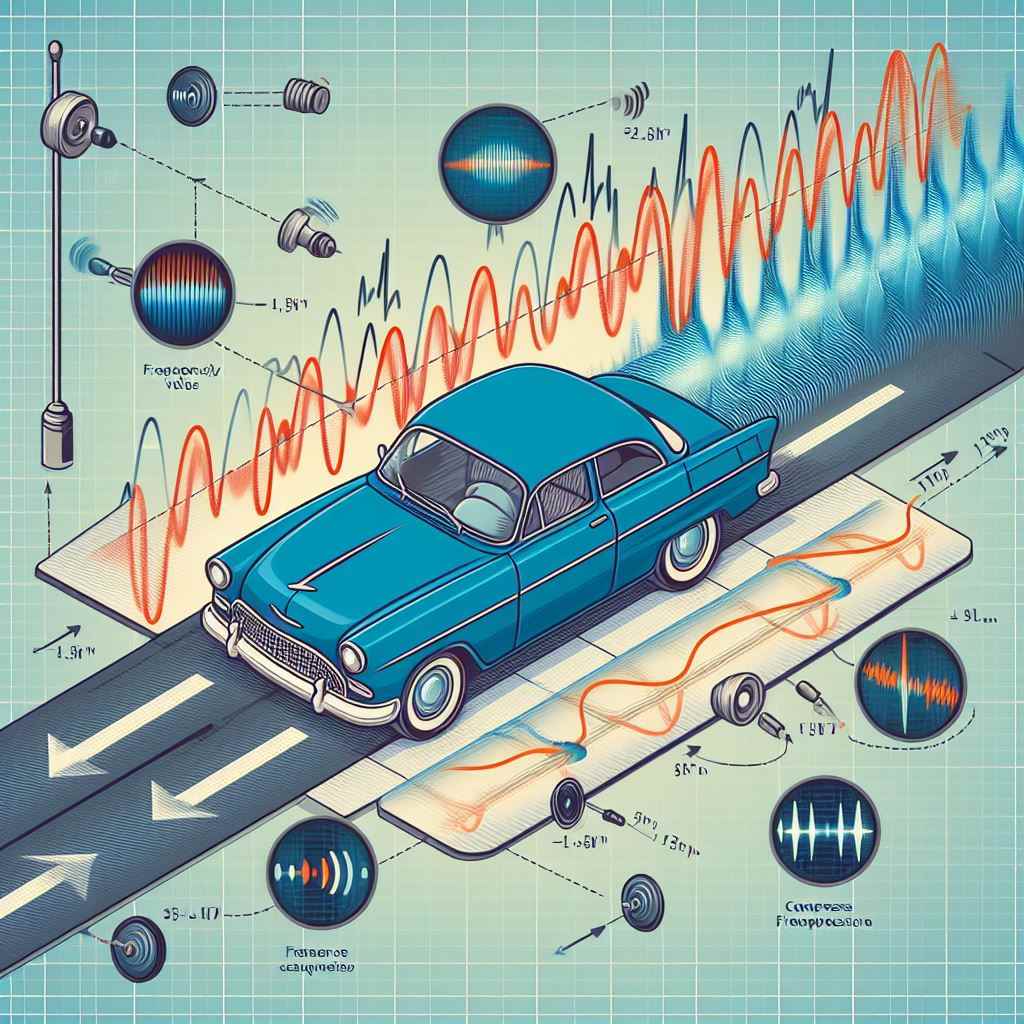What is the wavelength of the light?
Wavelength in physics is how far a wave goes before it starts to repeat its shape, like the distance from one wave peak to the next. We use the symbol λ (lambda) for it. If a wave moves at a steady speed, the wavelength gets shorter as the wave’s frequency gets higher. The type of space the wave moves through, like air or water, can change the wavelength. Different kinds of waves, like sound or light, can have a range of wavelengths, which we can see in a spectrum. The idea of a spectrum started with light but applies to all kinds of waves.
Redshift
When the wavelength of the light is stretched enough to enter the red part of the spectrum, it is known as a redshift. Hubble discovered that light from distant galaxies appeared to be stretched to a longer wavelength, or reddened, also known as redshift.
Redshift proves that our universe is not only expanding in a certain direction, but it is expanding in all directions.
Blueshift
Blueshift is just opposite to redshift when the wavelength of the light is decreased as a result of an increase in frequency. In visible light, the color of the light shifts from the red part of the spectrum to the blue part.
It also means that source is moving towards the observer which is opposite to redshift where source and observer moves away from each other.
Doppler Effect
An observer moving away from a wave source will observe a change in frequency or wavelength due to the Doppler effect. In 1842, Austrian physicist Christian Doppler described the phenomenon.
You can observe the Doppler effect with sound waves, water waves, and electromagnetic waves, such as light or radio waves. People often observe this phenomenon in everyday life, such as the pitch change on a moving ambulance siren or the change in color of light as an object moves toward or away from them.
Waves appear to have a higher frequency when the source and the observer are approaching each other and a lower frequency when they are moving apart as a result of the Doppler effect. As a result, the pitch, or wavelength, of a sound wave is perceived differently.
In radar technology, the Doppler effect is used to measure the speed and distance of moving objects, while in medicine, the Doppler effect is used to measure the flow of blood in the body.
The Doppler effect is when the sound seems to change because either the thing making the sound or the person hearing it is moving. Like when an ambulance passes by, the sound of its siren seems higher as it comes towards you and lower as it goes away. This happens because when the ambulance moves towards you, the sound waves get squished together, making the sound higher. When it moves away, the waves stretch out, making the sound lower.
If the sound travels through air or water, the speed of the sound and how fast the ambulance and you are moving all matter. But if the sound is traveling through empty space, like light or gravity waves, only how fast the ambulance and you are moving towards or away from each other matters.





